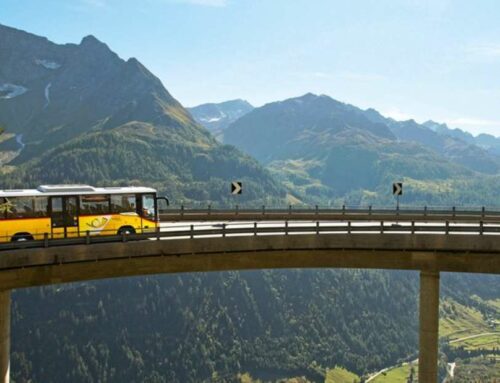
Digitalisation & Innovation, SI World 1/2022
Becoming digitally sustainable
More consumption, more demand, more traffic, more energy and material use – digitalisation seems to go against the desire for greater sustainability. Just think of the flood of packaging from online business! Yet digitalisation can also be a lever to improve sustainability.
Christian Marheine from the University of St Gallen uses facts, figures and examples to demonstrate how both megatrends can be combined – even in Alpine tourism.
The researcher in the Professor Andrea Back’s department of “Digital Strategy, Transformation and Innovation” initially points to the importance of combining sustainability and digitalisation in science.
“Since 2017, the volume of publications that address this converging interest has increased by 83 percent per year,” Marheine says. Five applications are apparent here: Smart Factory, Smart Grid, Smart Building, Smart Agriculture and Smart Mobility.
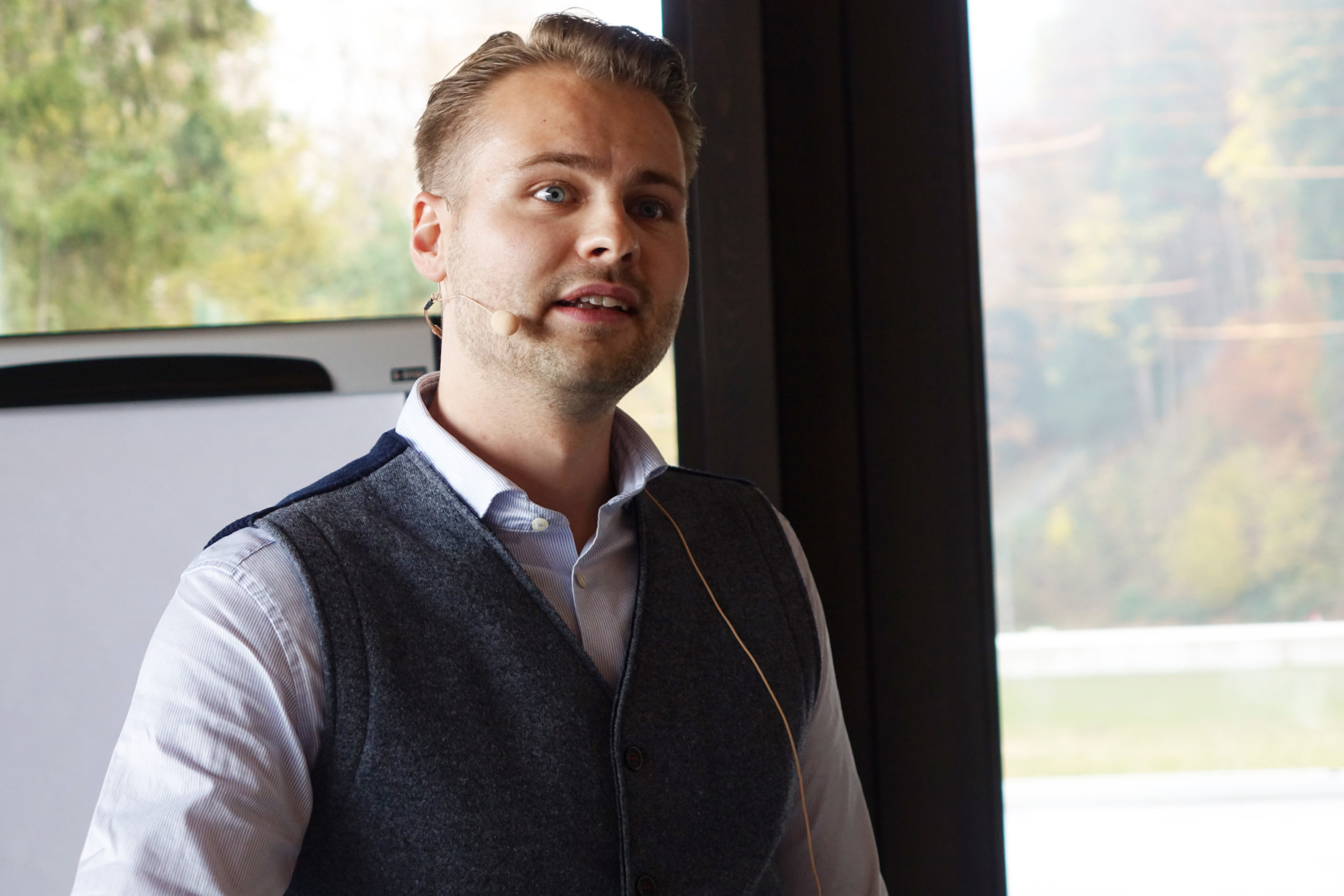
Christian Marheine
Research Associate at the University of St Gallen, spoke to the TMC Enluf symposium about digitalisation for greater sustainability.
Disadvantage of digitalisation
As nice as these terms might sound, they are initially a double-edged sword.
“Around four percent of global CO2 emissions occur as a result of digitalisation,” according to Marheine. In the DACH region, production and use of devices account for half of the digital CO2 footprint, computer centres for 30 percent and networks for twenty. “Just think of the increasing number of sensors, the server cooling and the power consumption of WLAN networks,” the researcher continues.
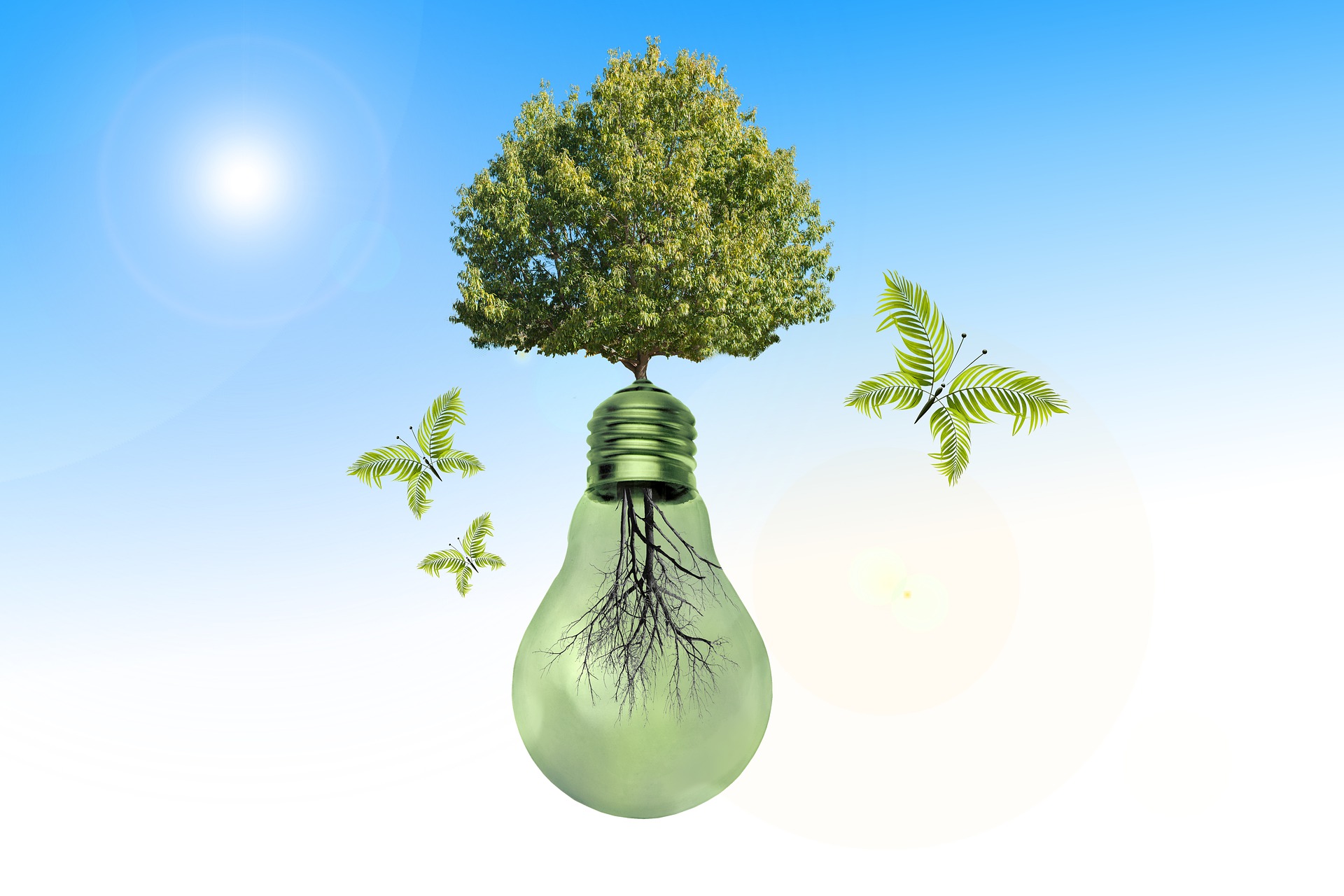
Opportunities of digitalisation
Despite sustainability risks, according to Marheine, the benefits of digitalisation in dematerialisation and efficiency gains win out. These make use of the core technologies of the internet of things, cloud computing, artificial intelligence and blockchain.
“As such, for example, autonomous driving would mean that around 20 percent of the present volume of cars would suffice for the same transport capacity today. In turn, Industry 4.0 could save 50 percent of energy – through interconnection of the physical and the digital world,” Marheine refers to various sources and studies.
With Green IT, better use could be made of information and communication technologies – beyond the lifecycle. This is precisely in line with the idea of the circular economy: fewer materials and less carbon, but more modular products for lower consumption and reuse of resources.
“The switch from products to digital services holds ecological potential on the part of the provider,”the researcher says. At best, digital technologies could contribute 41 percent of the German climate target CO2 emission savings by 2030, Marheine quotes the 2021 Bitkom study: “Speed is critical here; the sooner we digitalise, the better.”
Applications in the cable car industry
It is not only because of political pressure that sustainability is increasingly becoming a key target figure for companies in the digital transformation, alongside sales and profit. The potential of digitalisation lies in five applications.
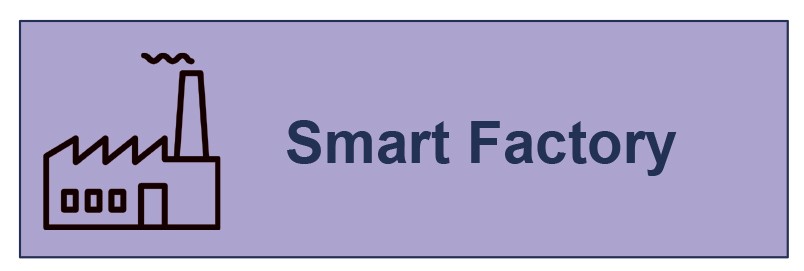
“In the Smart Factory, productivity can be improved through the simulation of digital twins and automation,” Marheine emphasises. This is attractive not only to the sector’s supply industry, which can improve production quality, shorten lead times and reduce the use of resources; ski resorts can also simulate skiing days and review the effectiveness of investment projects in advance.
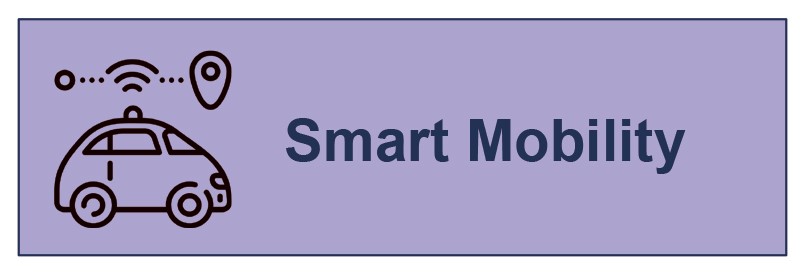
In turn, Smart Mobility facilitates a reduction in the number of kilometres travelled by your own vehicle fleet – whether snow groomer or Jeep. To achieve this in the future, ski resorts will use smart logistics, traffic management and routing.

Smart Grids improve the synergy of power generation and consumption in ski resorts. For cable cars, smart power grids bring photovoltaics, snowmakers and recovery under one roof.

Power can also be saved with Smart Building, Marheine says. Here, energy processes in cable car stations, depots and ski lodges are monitored through data and controlled automatically.

If cable car companies also run agricultural operations, then Smart Agriculture is of interest to them, as it makes land management and livestock farming more efficient.
Three specific steps
But how can companies now marry digitalisation with sustainability? “The three steps are tried and tested in practice: start by defining the sustainability problem, next choose the digital tools, and then measure and manage the actions,” Marheine reports.
To be specific, sustainability goals should be formulated, such as emission reduction, energy efficiency and green electricity, as well as cost efficiency. “Then ask yourself whether digitalisation is the solution – and if so, which technology might help,” the researcher says. The spectrum here ranges from sensor technology through artificial intelligence to blockchain. After implementation, goal achievement and rebound effects should be reviewed and solutions should be quantified. Has direct efficiency been achieved through greater use, or indirect efficiency through greater consumption?
“At the University of St Gallen, we are happy to offer support here and to help with the digital transformation to improve sustainability,” Marheine concludes.
Summary
-
Thinking of digitalisation and sustainability together: We need to design digital technologies as a tool and exploit their potential, so that they are both sustainable and effective.
-
Speed of digitalisation is critical for its contribution to sustainability: Positive effects of around 40 percent can achieved through accelerated digitalisation.
-
Using digitalisation as a lever for sustainability goals and competitive advantage: Digitalisation can combine economic growth with environmental and climate protection.
-
Decision-makers in companies must act decisively: As well as political framework conditions, business initiative is also required.





